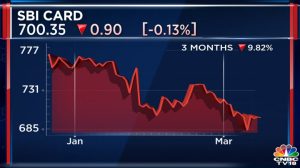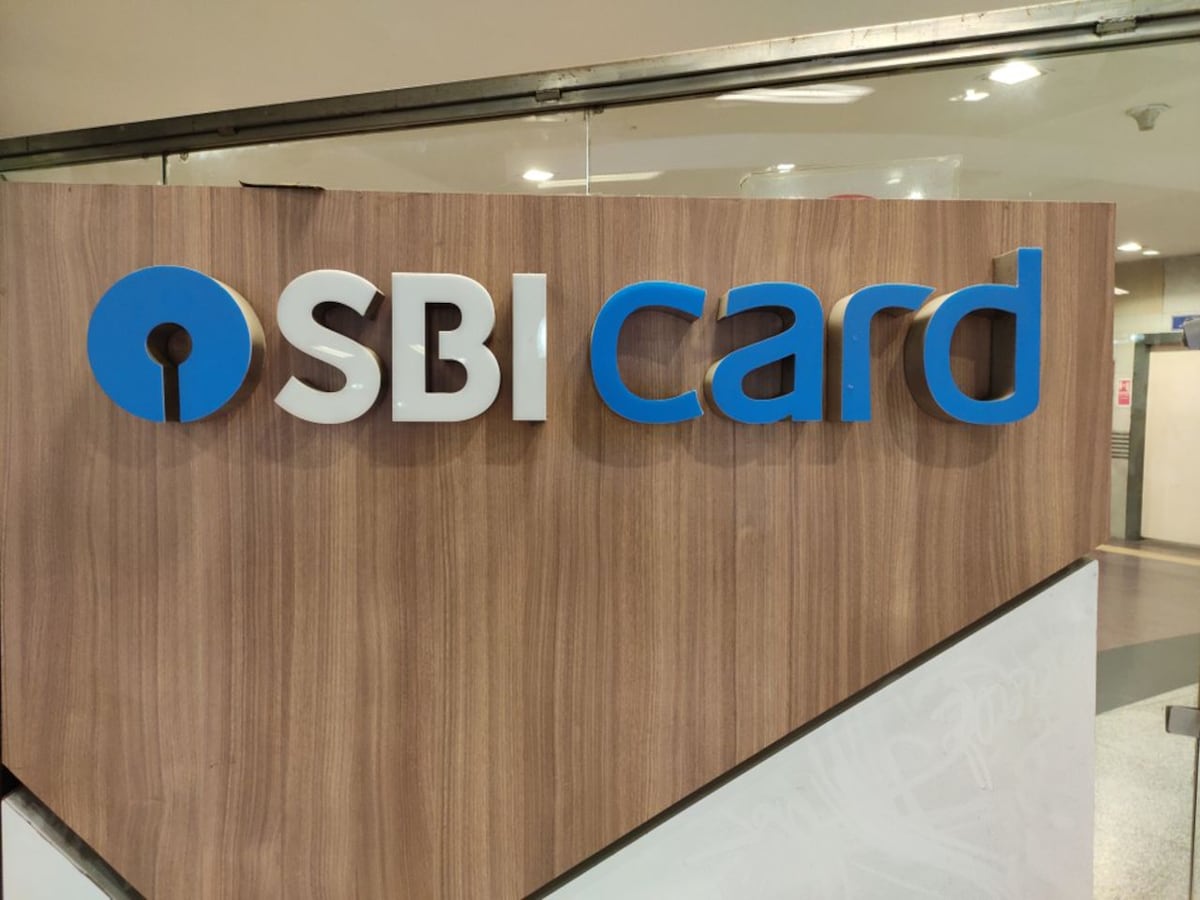SBI Cards and Payment Services Ltd. has recently become a focal point in the stock market, especially as its shares are set to trade ex-dividend on Tuesday, February 25, 2025. This development holds significant importance for investors who are seeking to benefit from the company’s upcoming dividend payout, as it directly impacts shareholder eligibility and the stock’s price movements in the short term.

Ex-Dividend Trading and Record Date Details
The company has officially designated February 25, 2025, as the record date for determining which shareholders are eligible to receive the interim dividend. Investors who hold shares of SBI Cards and Payment Services by the close of the previous trading session, which is Monday, February 24, 2025, will be entitled to this dividend payout.
This eligibility criterion follows the T+1 settlement cycle, a trading system where transactions are settled within one business day. According to this system, shares purchased up to a day before the record date are reflected in the shareholder’s account in time for dividend eligibility. Thus, investors who acquired shares before or on February 24 will have their names recorded in the company’s books by the record date and will qualify for the dividend payout.
The ex-dividend date typically leads to a downward adjustment in the stock price to reflect the dividend payout, as the value of the dividend is subtracted from the share price. Market participants will closely monitor how SBI Cards’ stock performs during this period, as fluctuations are common when a stock trades ex-dividend.
Interim Dividend Announcement for FY 2024-25
In a meeting held on February 17, 2025, the Board of Directors of SBI Cards and Payment Services announced an interim dividend for the financial year 2024-25. This announcement underscores the company’s ongoing commitment to delivering returns to its shareholders through regular dividend distributions.
The company declared a dividend of ₹2.50 per equity share, with each share having a face value of ₹10. This translates to a 25% payout relative to the face value of the shares, highlighting the company’s dedication to providing consistent rewards to its investors. This move reflects both financial stability and a shareholder-friendly approach, as regular dividend payouts often signal a company’s strong cash flow and profitability.
The record date for the dividend entitlement was finalized for February 25, 2025. Investors who had their names recorded as shareholders by the end of the previous trading day will be eligible for the payout. This record-keeping process ensures a fair distribution of dividends, allowing only eligible shareholders to receive the benefit.
The company has also set a timeline for the distribution of the dividend. According to its official announcement, the dividend will be credited directly to shareholders’ bank accounts or dispatched via physical means on or before March 18, 2025. This ensures compliance with regulatory requirements while also providing timely returns to investors.
As this dividend announcement unfolds, both institutional and retail investors are expected to keep a close watch on the stock’s performance, particularly how market dynamics shift around the ex-dividend date.
Q3FY25 Financial Results: Decline in Profitability and Rising NPAs
Alongside the dividend developments, SBI Cards and Payment Services also released its financial results for the third quarter of the fiscal year 2024-25 (Q3FY25), which ended in December 2025. The results revealed a noticeable decline in profitability, with the company reporting a 30% year-over-year (YoY) fall in its consolidated net profit.
The net profit attributable to the company’s owners stood at ₹383.2 crore for Q3FY25, significantly lower than the ₹549.1 crore recorded during the same period in the previous fiscal year. This sharp decline reflects mounting challenges faced by the company, including rising expenses, a changing credit environment, and potential pressures on revenue streams.
One of the key factors contributing to this decline is the rise in non-performing assets (NPAs), a metric that reflects loans where borrowers have failed to make payments for a certain period. The company’s gross non-performing assets (GNPA) rose to 3.24% in Q3FY25, up from 2.64% during the corresponding quarter of the previous fiscal year. This increase suggests that a growing number of customers are struggling to meet their financial obligations, putting additional pressure on the company’s asset quality.
Additionally, the company reported an increase in net non-performing assets (NNPA), which are measured after accounting for provisions made against bad loans. The NNPA ratio grew to 1.18% during the December 2025 quarter, compared to 0.96% recorded in the same period last year. This rise indicates that even after setting aside funds to cover potential losses, the volume of bad loans remains concerning.
The rise in NPAs reflects broader challenges in the financial sector, possibly due to tighter credit conditions or economic headwinds affecting borrowers’ ability to repay. Managing asset quality will remain a key priority for the company in the coming quarters as it attempts to minimize the impact of defaults on its profitability.
Market Outlook and Investor Sentiment
The recent developments—ranging from the ex-dividend trading status and interim dividend announcement to the underwhelming Q3 financial performance—are likely to influence investor sentiment in both the short and medium term. While the dividend payout reflects the company’s focus on rewarding its shareholders, the decline in profitability and the rising level of NPAs raise concerns about future earnings potential and financial stability.
Investors and market analysts will be closely observing how SBI Cards and Payment Services plans to tackle its asset quality challenges and improve profitability in the subsequent quarters. Future financial results and management strategies will play a crucial role in determining the company’s ability to bounce back from its current financial headwinds.
In the meantime, stock market participants are expected to monitor trading activity around the ex-dividend date while assessing the long-term growth prospects of the company in light of these financial indicators.

